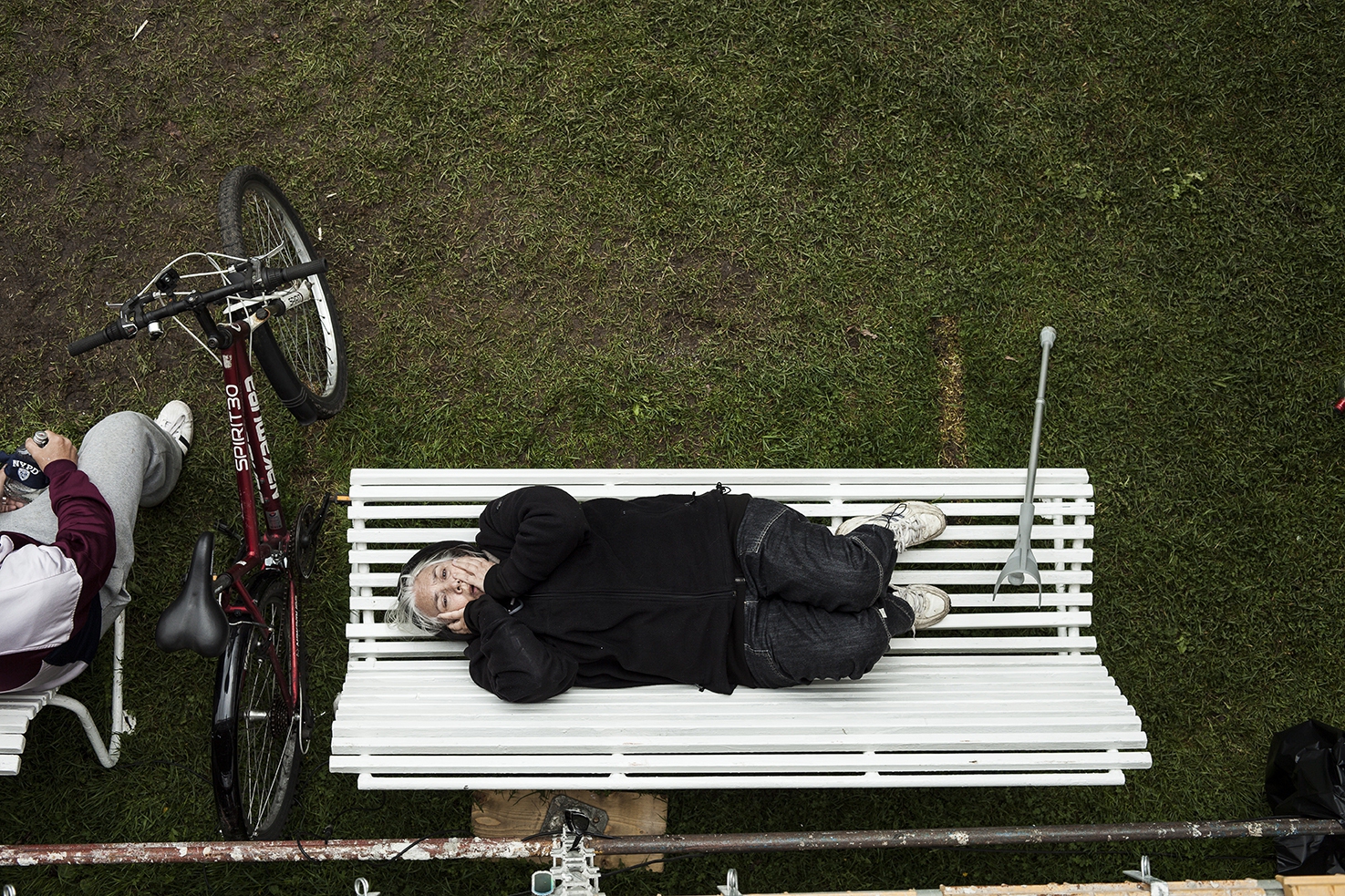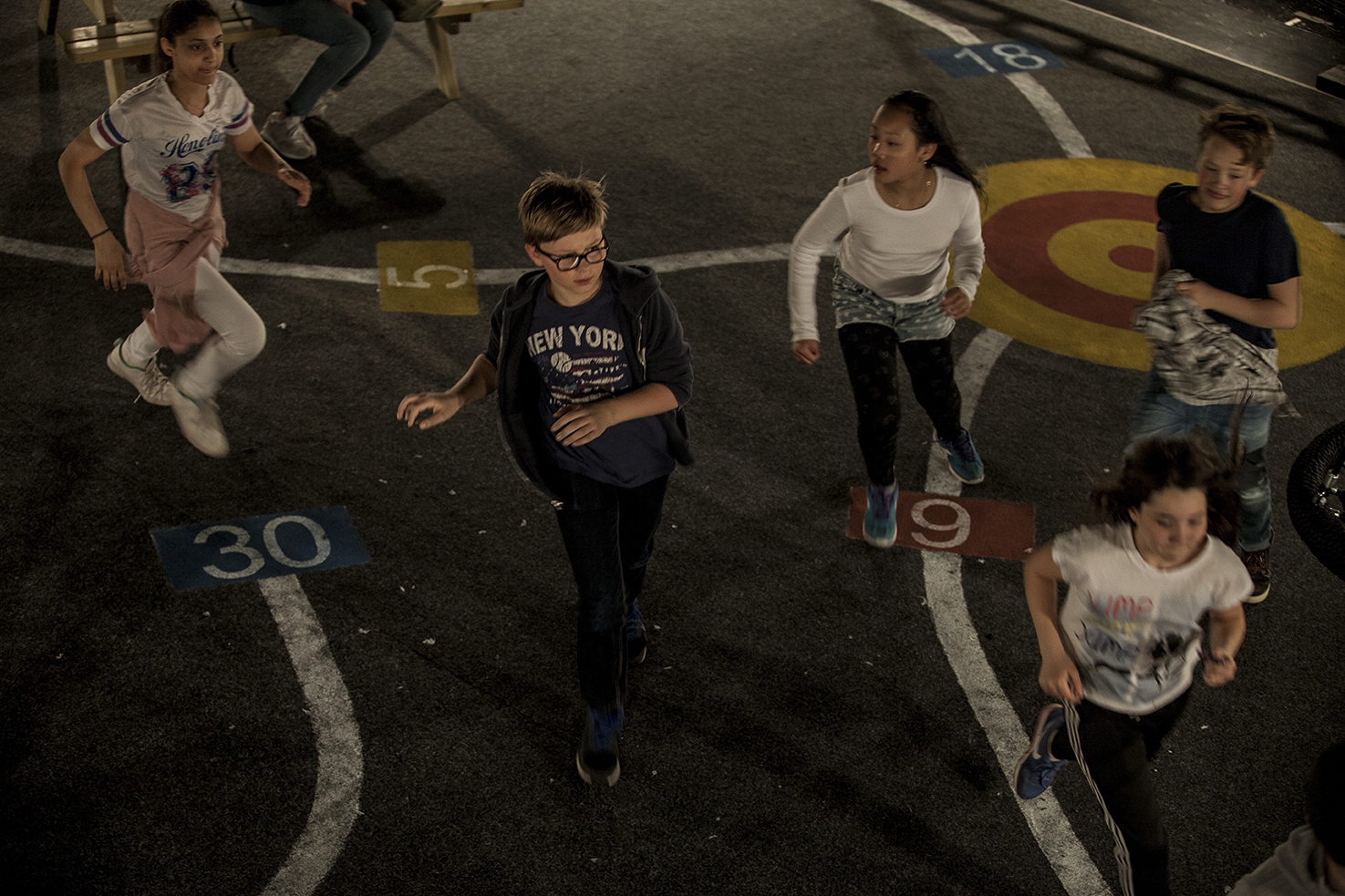Bird's Eye View
Goksøyr & Martens’ performance space is inspired by the anatomical theatres of the 16th century. These were constructed with high galleries from which the audience could follow the dissection of a corpse by looking down on it from above. Such dissections were attended not just by medical students but also by artists.
The theatrical possibilities of the bird’s-eye view also bring to mind Gertrude Stein’s “Landscape play.” Stein described her “Landscape play” by citing the differences between travelling by train and by aircraft. When travelling by rail, due to the high speed of the train, you get only a partial impression of the landscape. A passenger on an aircraft looking from the window, on the other hand, sees the entire landscape below at a glance (1).
In other words, the bird’s-eye view allows one to work with the dramaturgical principle of simultaneity; situations and sequences are presented in parallel, among which the viewer is free to choose. This gives rise to a democracy of events; everything is important, and different forms of being are treated as equal.
In addition, the bird’s-eye view allows the viewer to experience the stage as a picture, or a canvas. A mobile surface for images suitable for the study of human life. Not the body as it looks when dead and dissected, but the body as it is while alive; furious, frightened or full of joy.
Our theatre gallery is designed by Helen & Hard architects, and places the audience 3,6 metres up above the stage.

